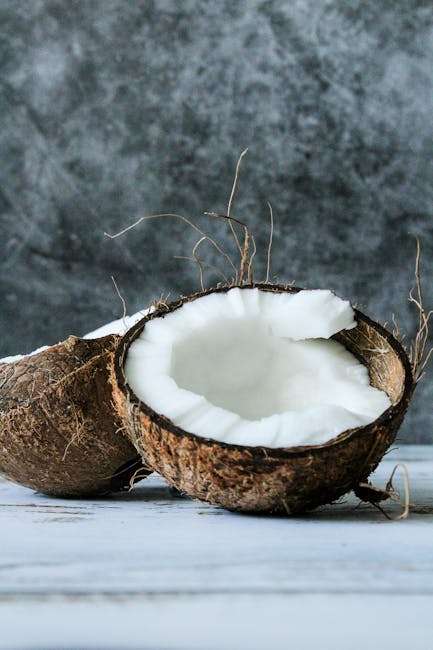How to Pair Wines with Exotic Foods
Wine and food pairing is an art that can elevate your dining experience to a whole new level. But what happens when you step into the world of exotic cuisines, with flavors and ingredients that aren’t as familiar? Fear not! In this guide, we’ll explore how to pair wines with exotic foods, ensuring that every sip and bite complement each other beautifully.
Table of Contents
1. Introduction to Wine Pairing
2. Understanding Exotic Flavors
3. Key Principles of Wine Pairing
4. Pairing Wines with Asian Cuisine ?
5. Exploring Wines with African Dishes ?
6. Matching Wines with Middle Eastern Flavors ?
7. Conclusion
8. FAQs
Introduction to Wine Pairing
Wine pairing is a delightful journey that involves balancing flavors, aromas, and textures. A well-paired wine can enhance the flavors of your dish, and vice versa. When it comes to exotic foods, the challenge is to find that perfect harmony between the unfamiliar spices and the wine’s character. Let’s dive into the essentials of pairing wines with exotic foods.
Understanding Exotic Flavors
Exotic foods often come with bold, complex flavors and unique ingredients. From the fragrant spices of Moroccan tagines to the fermented goodness of Korean kimchi, these flavors can be a bit intimidating. The key to successful pairing lies in understanding the predominant taste profile of the dish: is it spicy, sweet, tangy, or umami-rich?
Key Principles of Wine Pairing
Here are some basic principles to keep in mind when pairing wines with exotic foods:
1. Complement or Contrast: You can either complement the dish with similar flavors or contrast them to create a balanced experience.
2. Consider the Weight: Match the weight of the wine with the heaviness of the dish. Light dishes go well with light wines, while heavier dishes pair best with full-bodied wines.
3. Balance Acidity: High-acid wines can cut through rich, fatty foods and balance out spicy dishes.
Pairing Wines with Asian Cuisine ?
Asian cuisine is known for its intricate balance of sweet, sour, spicy, and savory flavors. Here are some wine pairing suggestions:
Sushi and Sashimi: A dry Riesling or a crisp Sauvignon Blanc complements the delicate flavors of raw fish.
Spicy Thai Curries: Off-dry wines like Gewürztraminer or a fruity Rosé can balance the heat and spice.
Chinese Stir-fry: A light Pinot Noir or a medium-bodied Chardonnay works well with the umami flavors of soy sauce and vegetables.
Exploring Wines with African Dishes ?
African cuisine offers a rich tapestry of flavors, from the spicy stews of West Africa to the flavorful tagines of the North.
Moroccan Tagine: Pair with a Grenache-based wine or a Syrah, which can stand up to the dish’s complex spices.
Ethiopian Injera and Stews: A Zinfandel or a South African Pinotage complements the earthy and spicy notes.
North African Couscous: A Viognier or a Chenin Blanc can highlight the aromatic spices and dried fruits.
Matching Wines with Middle Eastern Flavors ?
Middle Eastern dishes are often aromatic, with flavors of herbs, nuts, and spices.
Lamb Kebabs: A robust Cabernet Sauvignon or a Malbec pairs beautifully with the rich flavors of grilled lamb.
Falafel and Hummus: A crisp, refreshing Sauvignon Blanc or a dry Rosé can accentuate the herbs and spices.
Baklava and Sweet Desserts: A sweet Riesling or a Moscato provides a delightful contrast to the nutty sweetness.
Conclusion
Pairing wines with exotic foods may seem daunting, but by understanding the key principles and the flavor profiles of your dishes, you can create a memorable culinary experience. Whether you’re enjoying a spicy Thai curry or savoring a Moroccan tagine, there’s a wine out there that can elevate your meal to new heights. So, the next time you’re hosting a dinner party or dining out, experiment with these pairings and discover new favorites!
FAQs
Q: What wine goes best with spicy foods?
A: Off-dry wines like Riesling or Gewürztraminer are excellent choices for spicy foods as they balance the heat.
Q: Can I pair red wine with seafood?
A: Yes, lighter reds like Pinot Noir can be paired with heartier seafood dishes like salmon or tuna.
Q: What wine should I serve with a vegetarian meal?
A: It depends on the flavor profile. A Chardonnay pairs well with creamy dishes, while a Sauvignon Blanc complements herbaceous flavors.
Q: Are there wines that go with all types of foods?
A: Sparkling wines, like Champagne, are versatile and can pair with a wide range of dishes due to their acidity and effervescence.
Q: How do I know if I’ve paired the right wine with my meal?
A: Trust your palate! If the flavors enhance each other and the meal becomes more enjoyable, you’ve likely made a great pairing.
